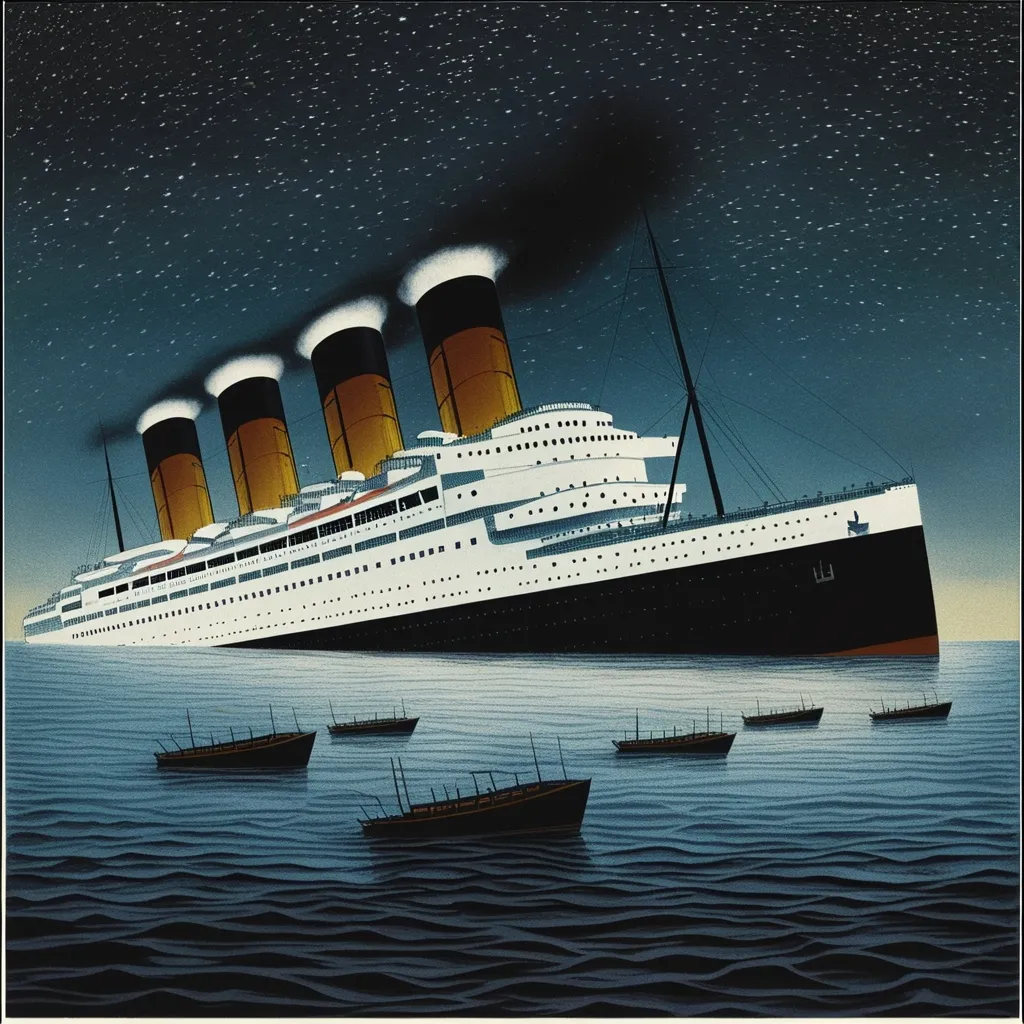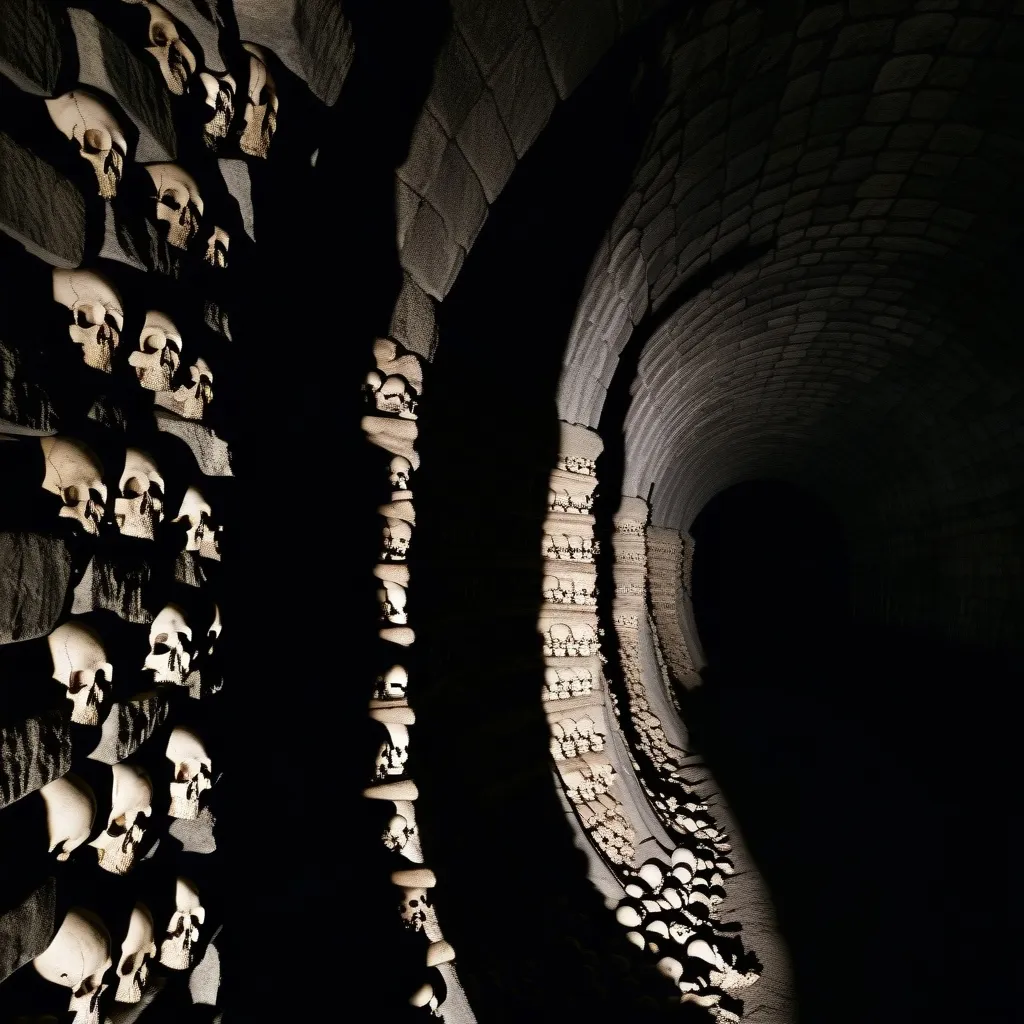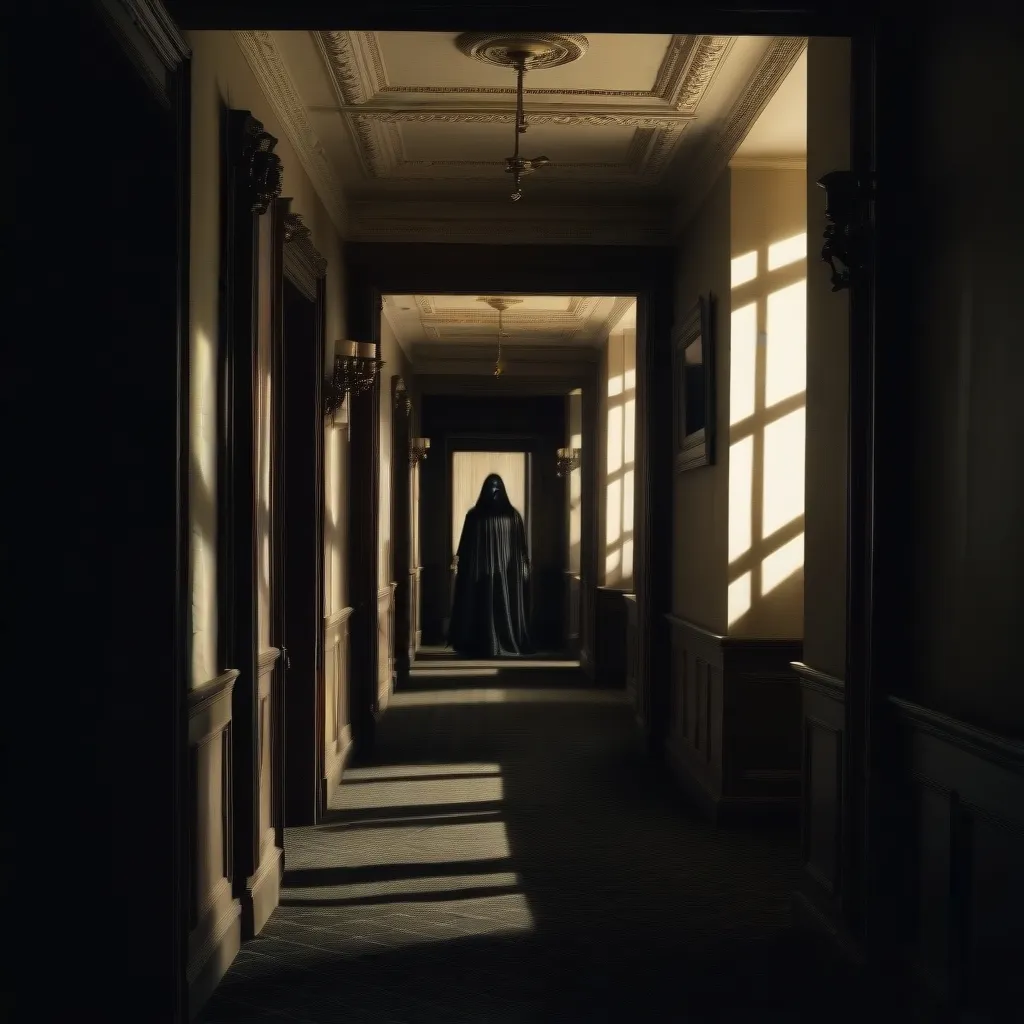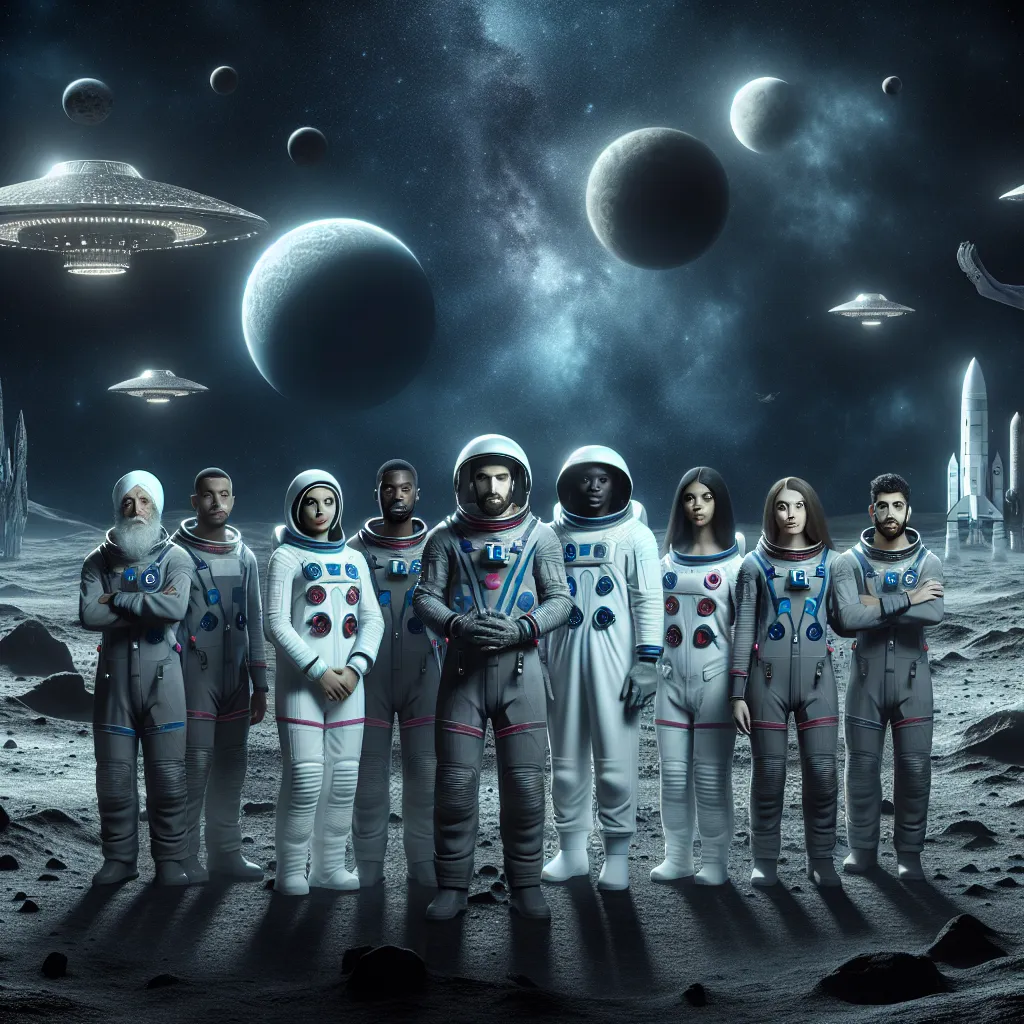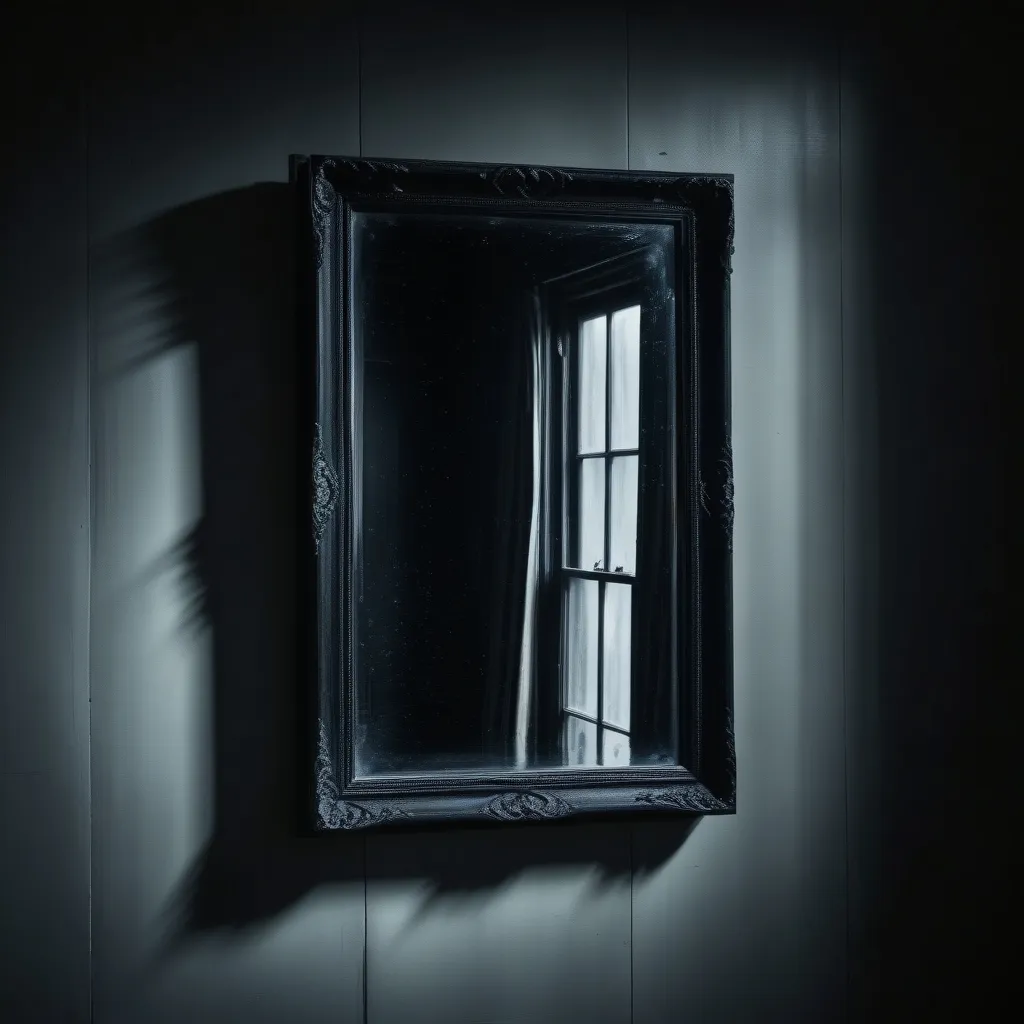The Titanic’s Tragic Tale: Separating Fact from Fiction
The RMS Titanic’s sinking is one of those events that just won’t leave our collective imagination. It’s been over a century, and we’re still talking about it. Why? Because it’s got all the ingredients of a gripping story - luxury, hubris, tragedy, and a dash of mystery.
So, let’s dive into this ocean of information and see what we can fish out.
First things first, let’s get the basics out of the way. The Titanic was this massive ship, touted as “unsinkable” (talk about tempting fate, right?). On its maiden voyage from Southampton to New York in April 1912, it hit an iceberg and sank, taking over 1,500 lives with it. It’s the kind of story that makes you want to never step foot on a boat again.
Now, here’s where things get interesting. Over the years, people have come up with all sorts of wild theories about what “really” happened. It’s like a game of Chinese whispers, but with more icebergs and fewer actual facts.
One of the most popular theories is the “Olympic switch” theory. Sounds like something out of a spy movie, doesn’t it? The idea is that the ship that sank wasn’t actually the Titanic, but its sister ship, the Olympic. Apparently, the White Star Line was in a bit of a financial pickle and decided to pull off this massive insurance scam.
But here’s the thing - this theory has more holes in it than the Titanic after it hit the iceberg. For starters, the two ships might have looked similar, but they had some pretty significant differences on the inside. Trying to switch them would have been like trying to swap your house with your neighbor’s without anyone noticing. Not exactly a piece of cake.
Plus, the British Board of Trade was all up in the Titanic’s business during its construction. They were making notes about every little repair and maintenance job. You’d think someone would have noticed if they suddenly started working on a completely different ship.
Oh, and let’s not forget about the portholes. The Olympic had a couple of extra portholes fitted just a month before the Titanic set sail. If they’d switched the ships, it would have been as obvious as a penguin in a flock of seagulls.
But wait, there’s more! Another theory claims that the Titanic was sunk on purpose to get rid of some rich guys who were against the creation of the Federal Reserve Bank. Apparently, J.P. Morgan, who was all for this new bank, decided to take out his opposition in the most dramatic way possible.
Now, I don’t know about you, but if I wanted to get rid of my business rivals, I’d probably go for something a bit less… well, titanic. Plus, there’s no evidence that these guys were even against the Federal Reserve. In fact, one of them, Isidor Straus, was actually in favor of it. Oops.
Some theories get even weirder. There’s one about an ancient Egyptian mummy cursing the ship. Another suggests it was all an elaborate plot by J.P. Morgan to get revenge on his business rivals. And then there’s the theory that Jack and Rose from the movie could have both fit on that door. (Spoiler alert: They couldn’t. Sorry, Leo fans.)
But here’s the kicker - the truth behind the Titanic’s sinking is actually pretty straightforward. It was a perfect storm of human error, design flaws, and just plain bad luck.
For starters, they were going way too fast in an area known for icebergs. It’s like speeding through a school zone - not a great idea. Then there’s the fact that the lookouts didn’t have binoculars. Trying to spot icebergs without binoculars is like trying to read a book in the dark. Not impossible, but definitely not easy.
And let’s not forget about the ship’s design. Those watertight compartments that were supposed to keep the ship afloat? Yeah, they weren’t as watertight as they thought. It’s like having a bucket with holes in it and wondering why you can’t carry water.
Recent investigations have given us some new insights into what happened that night. Turns out, the ship didn’t break apart as quickly as we thought. The wreckage on the ocean floor suggests that the Titanic split much deeper in the water than initially believed. It’s like peeling back the layers of an onion, only with more rust and fewer tears.
The eyewitness accounts from survivors are like pieces of a puzzle. Some people remembered seeing the funnels fall away from the ship, but nobody reported seeing it break into pieces. It’s like they were all watching the same movie, but remembering different parts.
When you put all these pieces together - the scientific evidence, the eyewitness accounts, the historical records - you get a picture of a tragic accident, not some grand conspiracy.
But here’s the thing - people love a good conspiracy theory. It’s like we can’t accept that sometimes, bad things just happen. We want there to be a reason, a villain, a grand plan. It’s more exciting that way, more dramatic. But sometimes, the truth is just… well, the truth.
The Titanic’s story is a powerful reminder of how things can go wrong even when we think we’ve thought of everything. It’s a lesson in humility, in respecting nature, and in the importance of always being prepared for the worst.
It’s also a reminder of the incredible bravery and sacrifice shown by many on board that night. From the band playing as the ship sank to the men who gave up their spots on lifeboats for women and children, there were countless acts of heroism amidst the tragedy.
As we continue to uncover more about the Titanic, we’re not just learning about a ship that sank over a century ago. We’re learning about ourselves, about human nature, about how we react in the face of disaster. And maybe, just maybe, we’re learning how to prevent such tragedies in the future.
So next time you hear a wild theory about the Titanic, take it with a grain of salt (or should I say, a chunk of ice?). Remember that sometimes, the truth, while less exciting, is far more powerful. It’s a story of human error, of nature’s might, and of the thin line between triumph and tragedy.
The Titanic may have sunk, but its story continues to float on, captivating new generations and reminding us all of the importance of safety, preparation, and respect for the unpredictable forces of nature. And who knows? Maybe one day we’ll uncover even more secrets hidden in the depths of the Atlantic. Until then, let’s keep exploring, questioning, and learning from this enduring tale of the sea.
